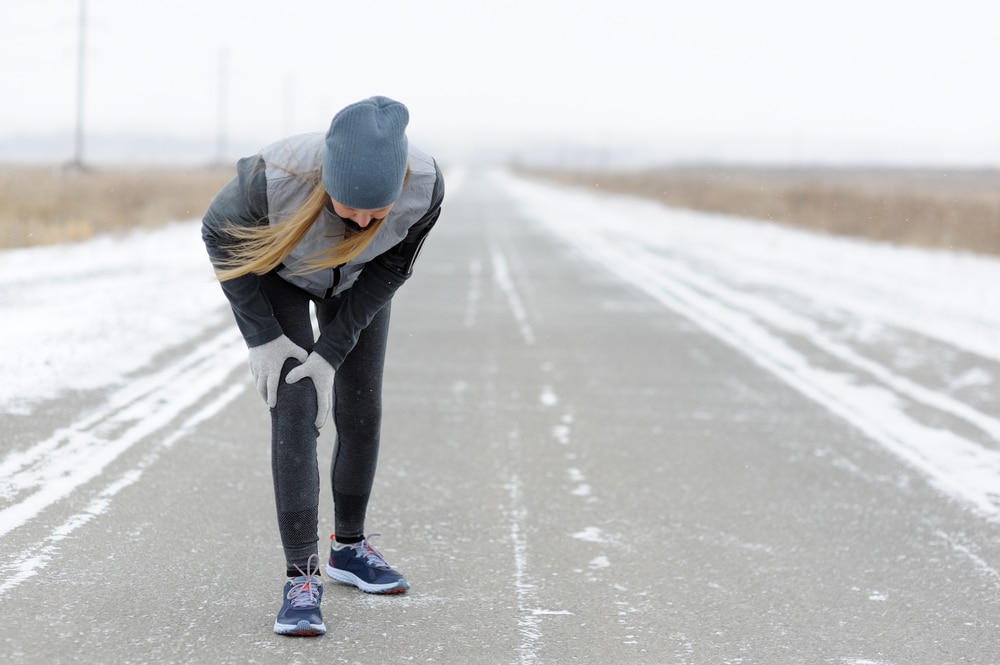
What started as an old wife’s tale may actually have some serious merit. For those who suffer from arthritis or ‘feeling under the weather’, pain in your joint may appear to increase or decrease when the barometer changes.
The phrase ‘I can feel it my bones’ may originate from this phenomenon. While it may appear a crazy notion, that joint pain can be tied to the weather, there are reasons that it could be a valid cause.
Many theories have surfaced as to why, the leader points to changes in air pressure rather than the cold, rain or snow. Air pressure has an effect on our bodies – like when your feet swell on a flight and some scientist think it could be affecting those suffering from joint pain.
To prove this theory, Scientists at the University of Manchester have been asking the public help with a study to measure their joint pain and the current weather condition. Their data collection submitted 5 million individual pieces of data over 15 months from across the UK to see whether there is a correlation. It is expected that the results will be published in Spring 2018.
While the study will be able to provide concrete data to whether or not weather does exasperate joint pain, this doesn’t really help in providing a form of treatment for patients. You can escape the pain through other methods, but you can’t hide from the weather.
Treatments
While bad weather may make your joint pain flare up, moving to a pleasant climate will unlikely improve conditions. Barometric pressure changes no matter wherever you are on Earth – meaning you can be sunny California and still experience pain.
Fortunately, you can be proactive and reduce your joint pain without medical treatment or a move to a sunny climate:
Firstly, try and lose weight – the added pressure on your knee joints (if that is where the pain is) will greatly increase your pain.
Try and be more active through low-impact exercises, such as swimming. While it may be the last thing you want to do, muscle-building exercises will help keep your joints flexible.
Keep warm – have a bath or wear an extra layer as this increases your blood flow. This eases pain and stiffness that is common on joint pain.
However, the best thing to remember is that pain is temporary and it is unlikely to stay with you for a long time. By knowing what is happening with barometric changes and your pain, hopefully, you will remember that it will change back again at some point.
For more health and orthopaedic news, follow London Bridge Orthopaedic on Twitter, Facebook and LinkedIn.
Our specialties
We cover all the subspecialty areas of orthopaedics
Recent articles

Common Tennis Injuries and How to Avoid Them
Introduction Tennis is an exhilarating sport that demands agility, precision, and endurance, but whether you're a seasoned player or just picking up a racket for the first time, due to the nature of the sport and the increased loads on ...
Read more









